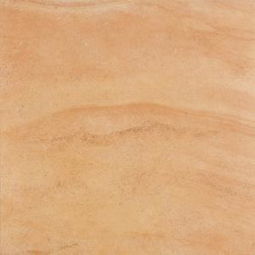Sand Stone and Gravel: A Comprehensive Guide
When it comes to construction and landscaping, sand stone and gravel are two essential materials that play a crucial role in various projects. Whether you are building a foundation, creating a garden path, or simply looking to enhance your outdoor space, understanding the properties and uses of these materials is essential. In this article, we will delve into the details of sand stone and gravel, exploring their characteristics, applications, and benefits.
What is Sand Stone?

Sand stone, also known as sandstone, is a sedimentary rock composed primarily of sand-sized mineral particles. These particles are cemented together by a natural cementing material, such as clay, calcite, or silica. Sand stone is formed through the process of weathering and erosion, where sand particles are transported and deposited in layers over time.
One of the key characteristics of sand stone is its porosity, which refers to the amount of empty space or voids within the rock. This porosity can vary depending on the type of sand stone and the cementing material present. Some sand stones are highly porous, while others are relatively dense.
Properties of Sand Stone

Here are some of the key properties of sand stone:
| Property | Description |
|---|---|
| Color | Sand stone can range in color from white, beige, and tan to red, brown, and even green. |
| Hardness | Sand stone has a relatively low hardness, making it susceptible to scratching and weathering. |
| Porosity | The porosity of sand stone can vary, affecting its water absorption and permeability. |
| Strength | Sand stone is generally strong and durable, but its strength can be influenced by factors such as porosity and cementing material. |
Applications of Sand Stone

Sand stone is a versatile material with a wide range of applications:
-
Building Stones: Sand stone is commonly used as a building material for walls, facades, and monuments due to its aesthetic appeal and durability.
-
Landscaping: Sand stone is often used in landscaping projects for pathways, retaining walls, and decorative elements.
-
Water Filtration: The porosity of sand stone makes it an excellent material for water filtration systems.
-
Art and Craft: Sand stone is also used in art and craft projects, such as sculptures and mosaics.
What is Gravel?
Gravel is a type of loose aggregate composed of small, rounded stones. It is typically found in riverbeds, beaches, and quarries. Gravel is classified based on its size, with the most common classification being the American Society for Testing and Materials (ASTM) grading system.
Properties of Gravel
Here are some of the key properties of gravel:
| Property | Description |
|---|---|
| Size | Gravel is available in various sizes, ranging from fine to coarse, depending on the application. |
| Shape | Gravel can be angular, sub-angular, or rounded, depending on the source and transportation process. |
| Color | Gravel can come in a variety of colors, including white, gray, brown, and black. |
| Strength | Gravel is generally strong and durable, but its strength can be influenced by factors such as size and shape. |
Applications of Gravel
Gravel has numerous applications in construction and landscaping:
-
Driveways and Walkways: Gravel is commonly used for driveways, walkways, and










